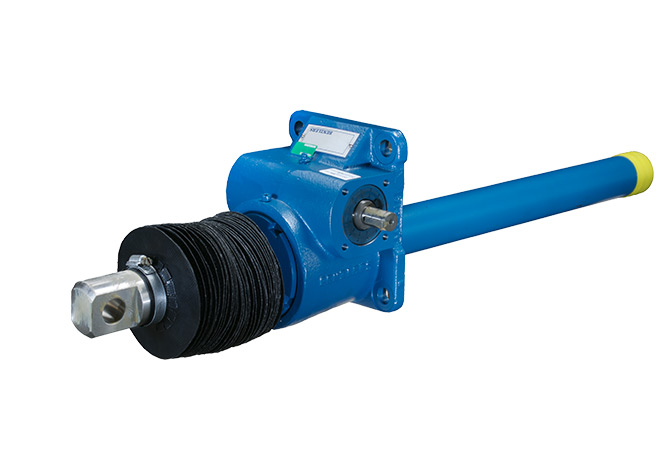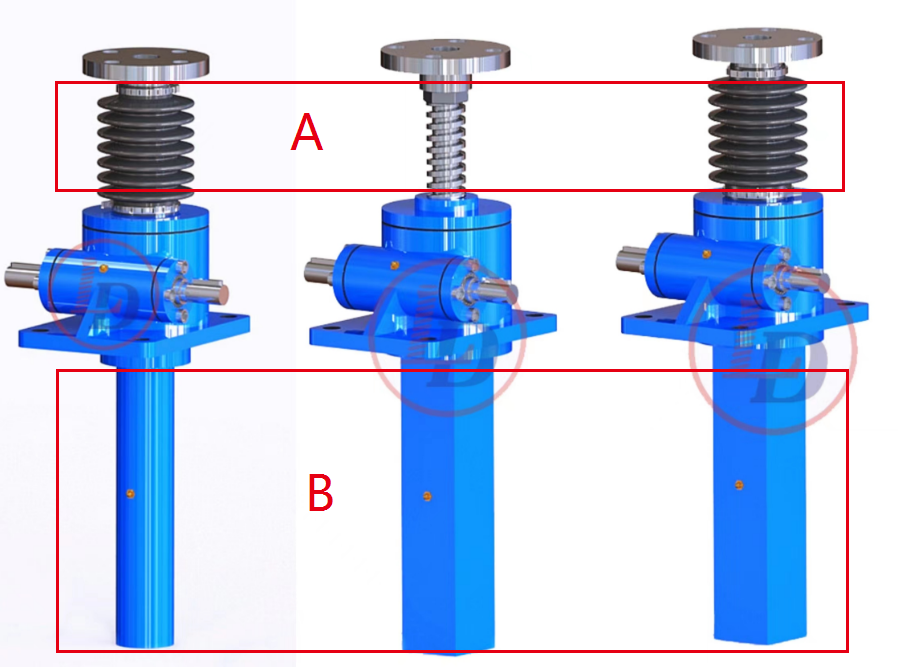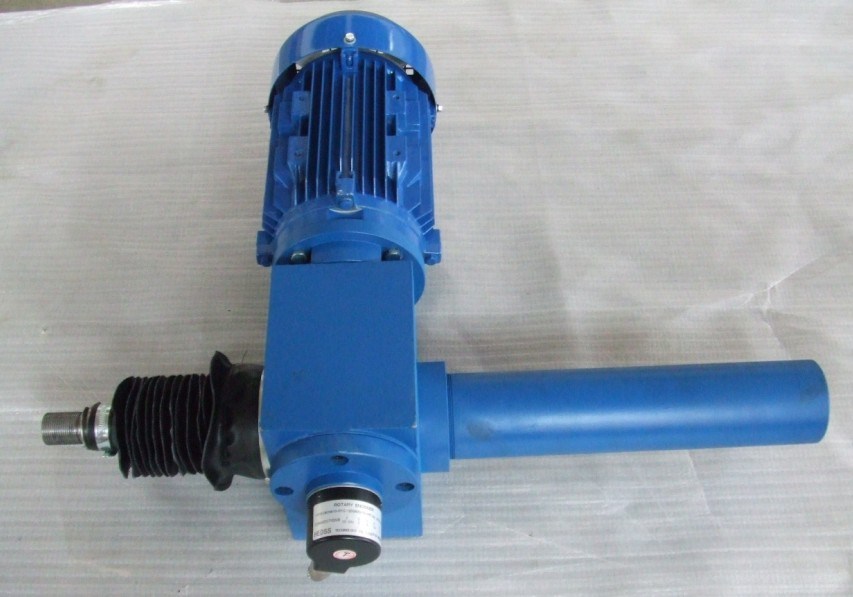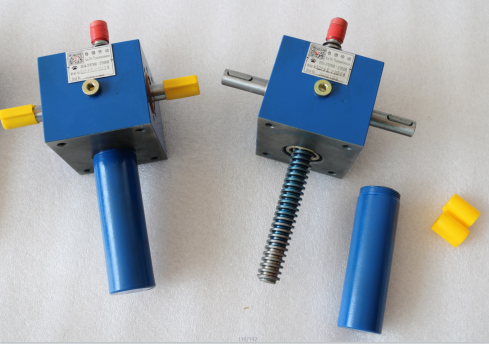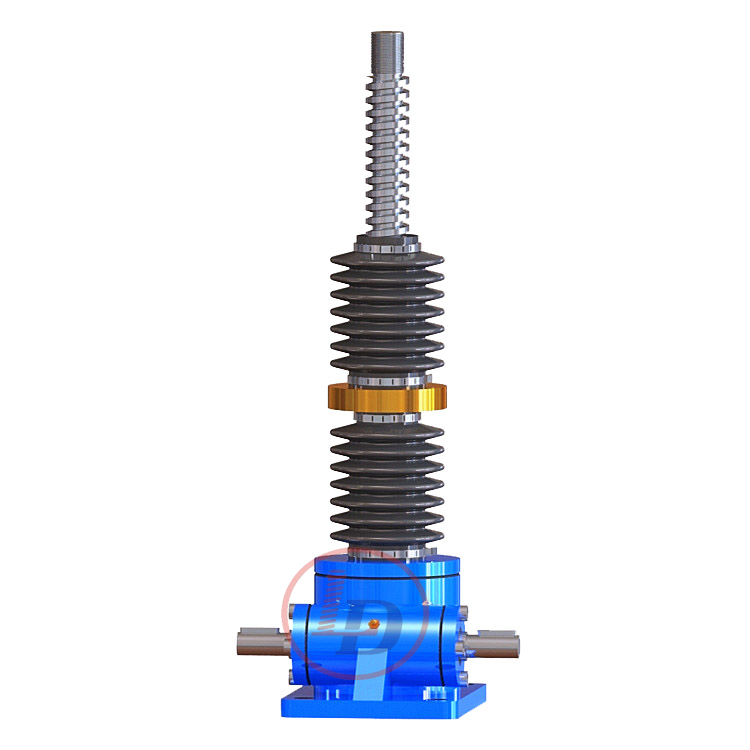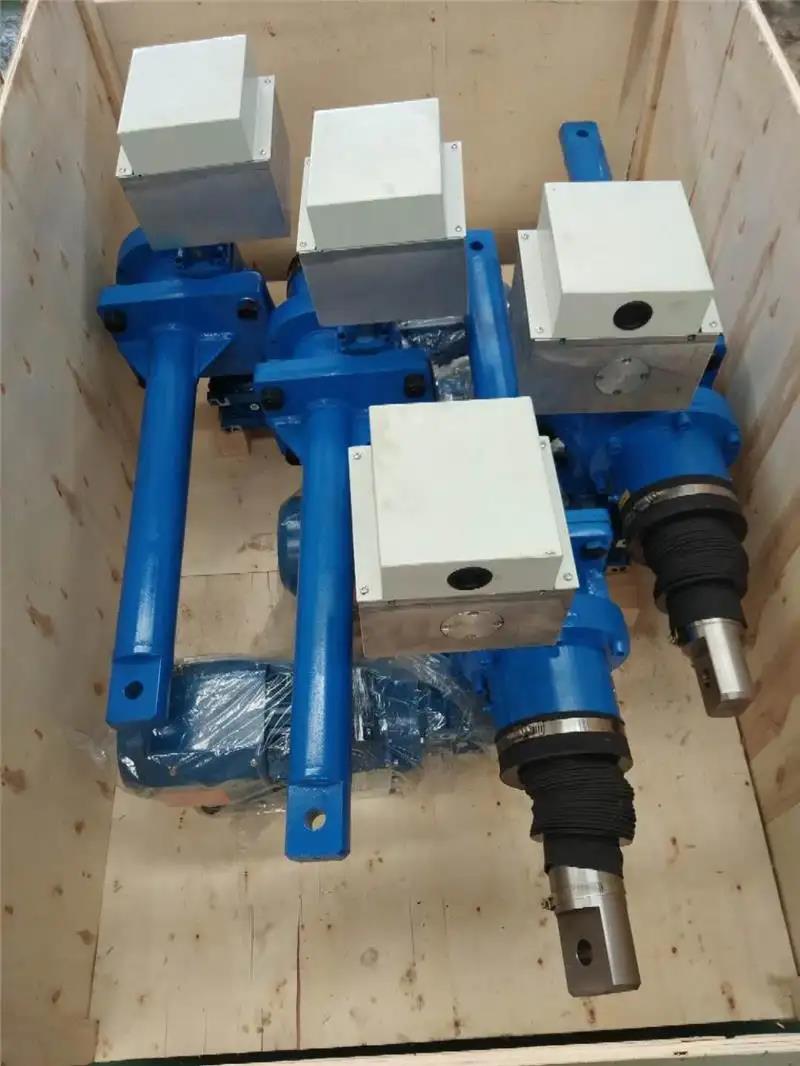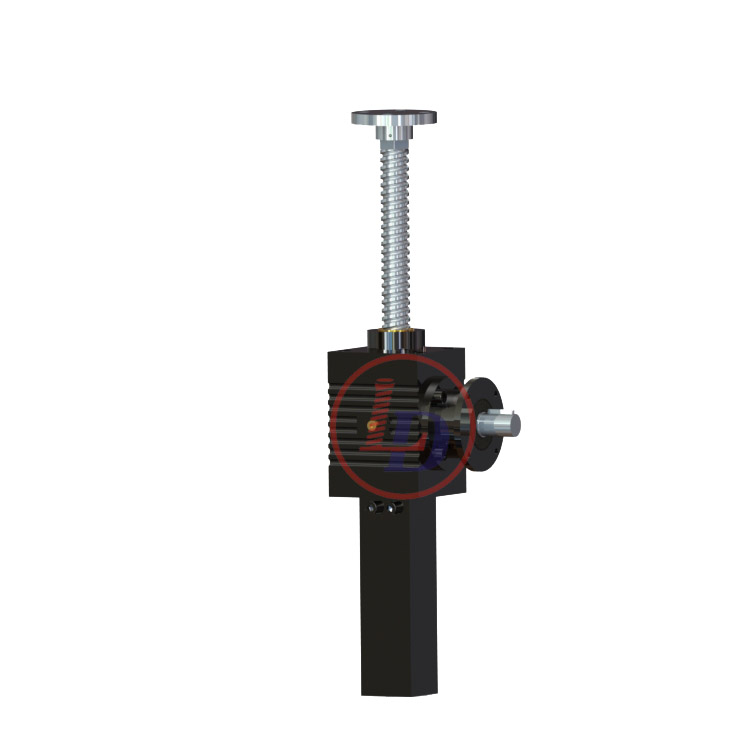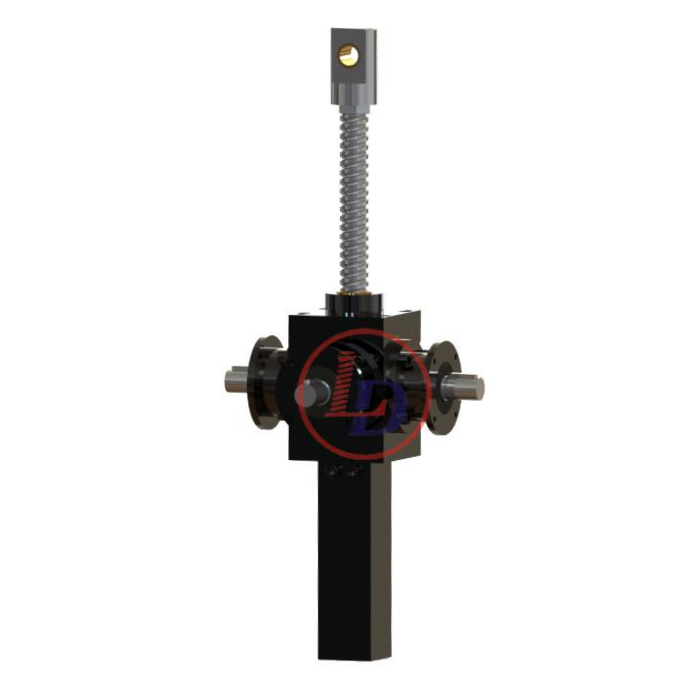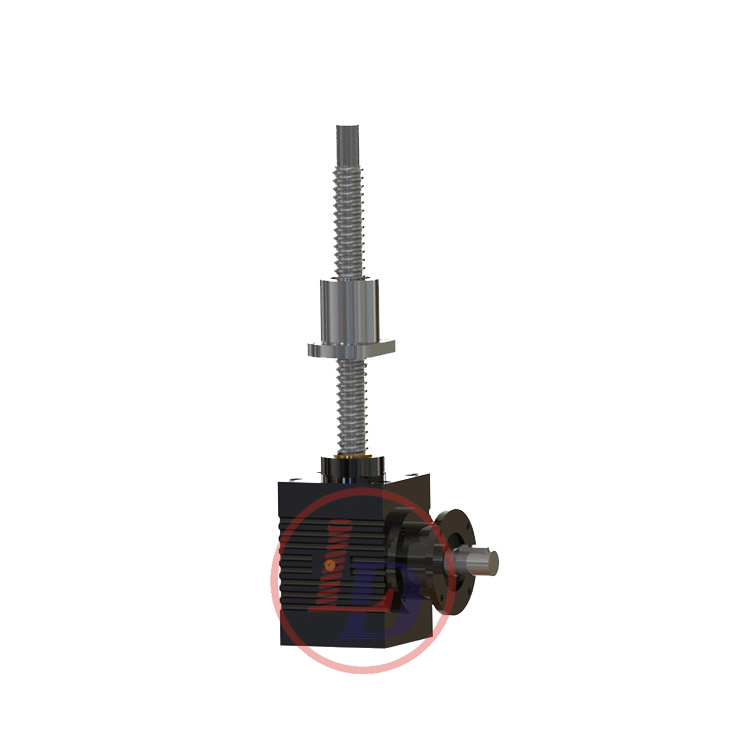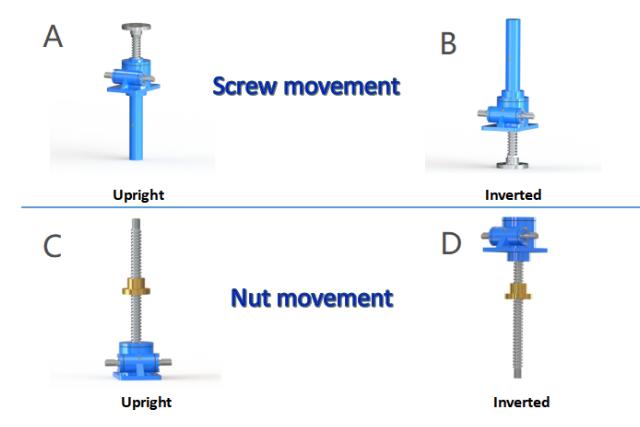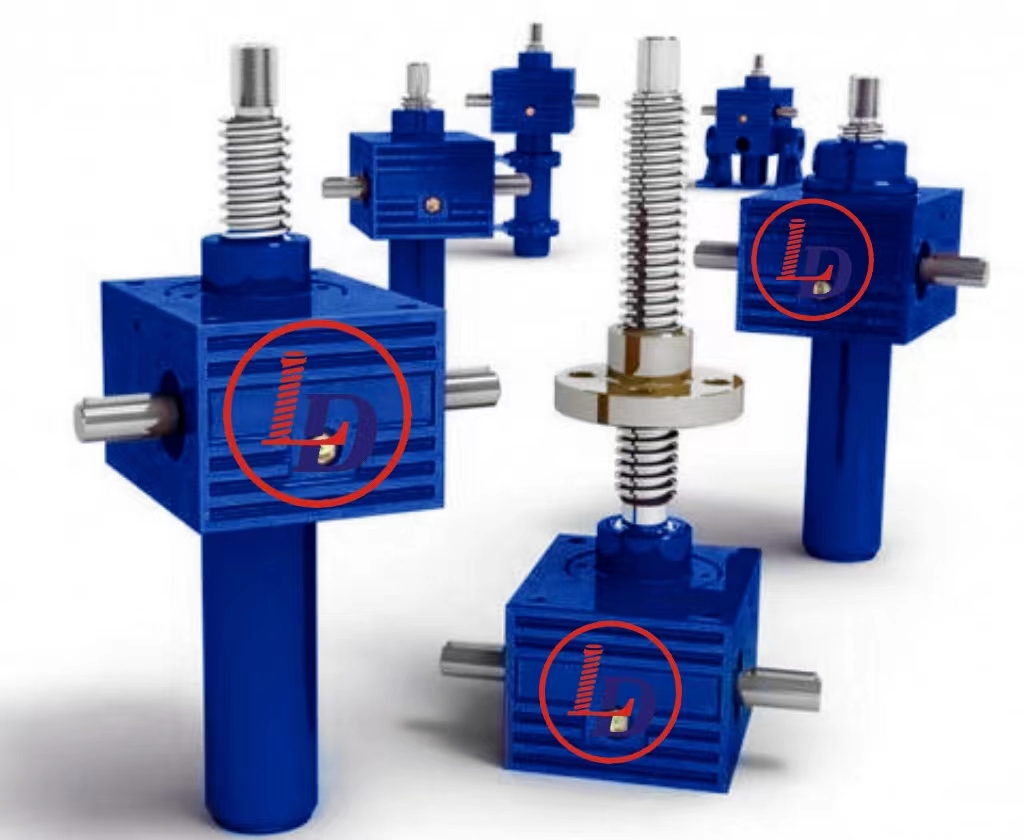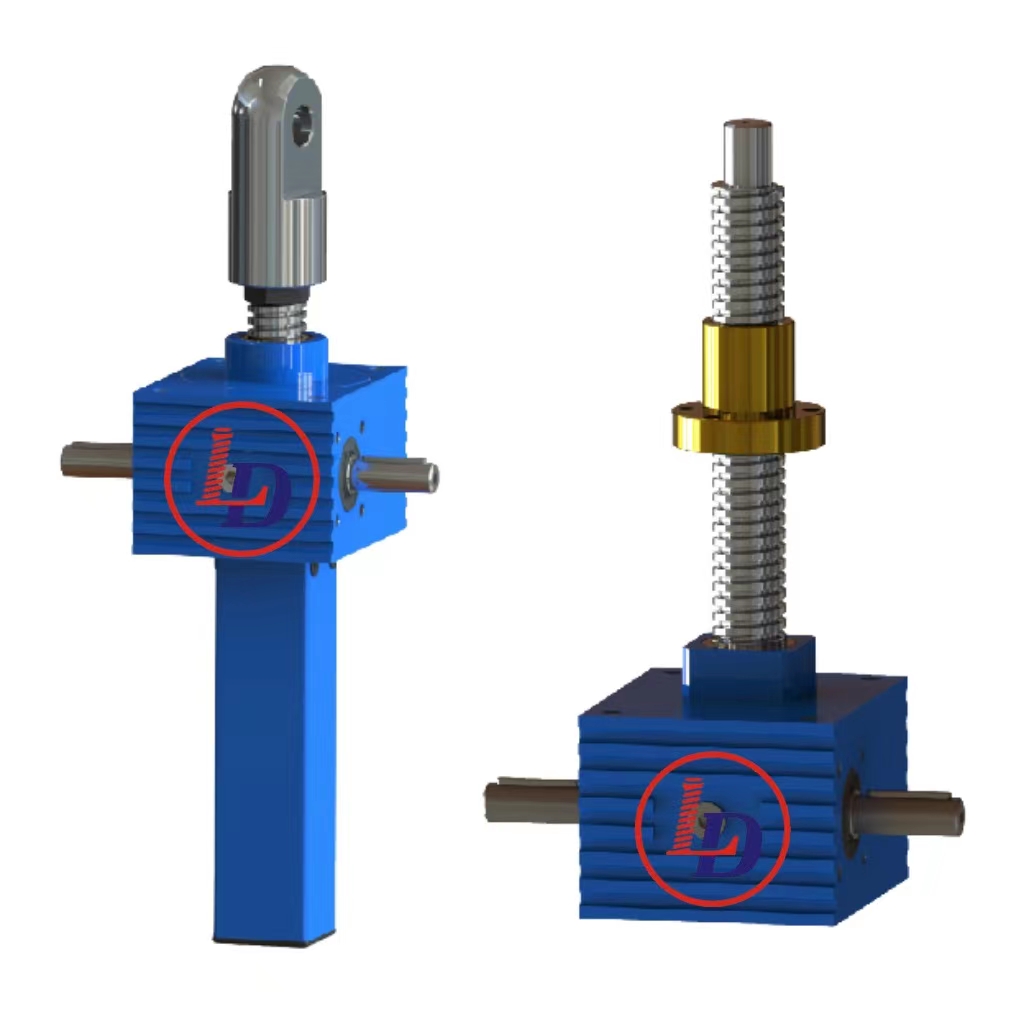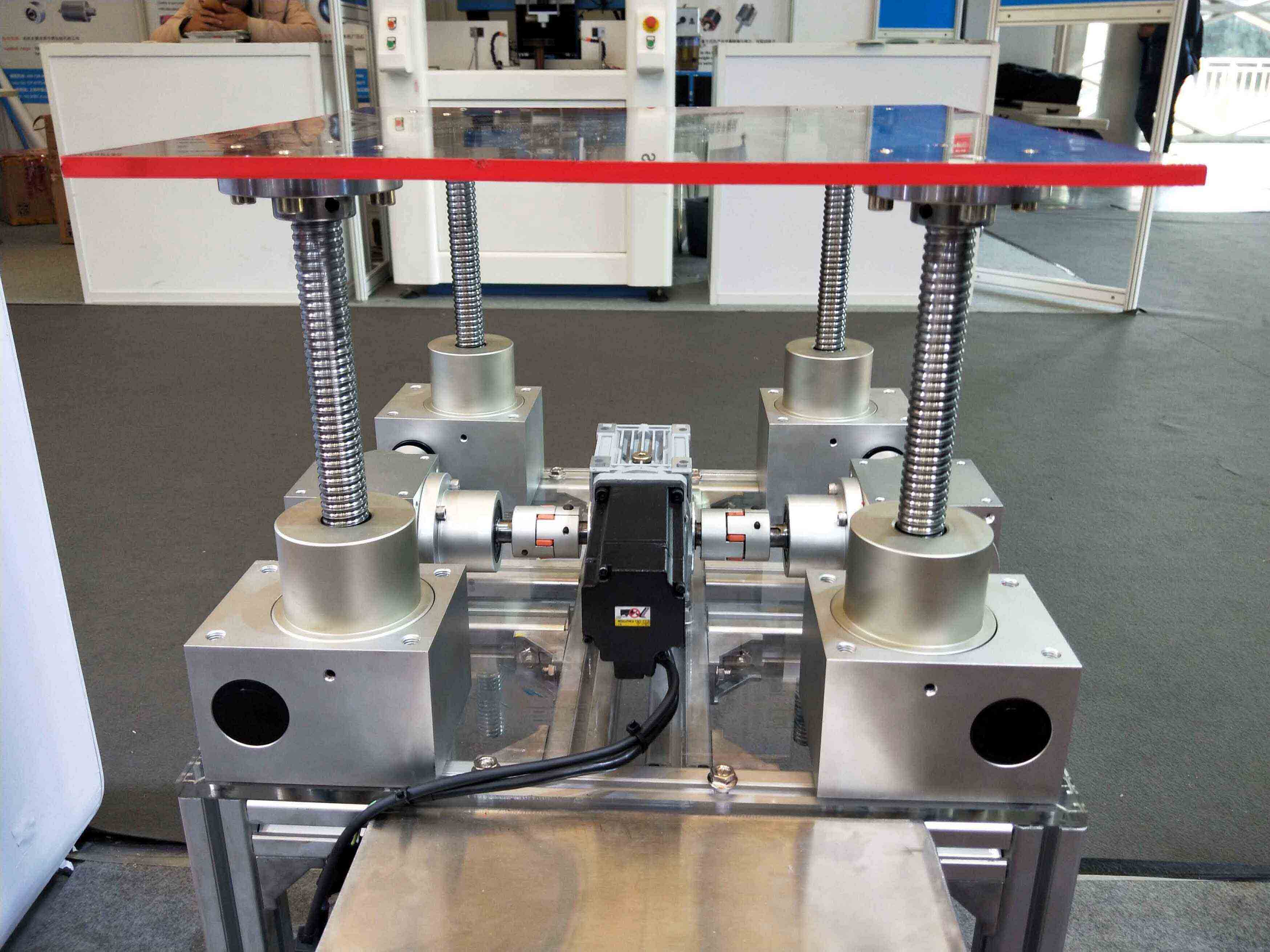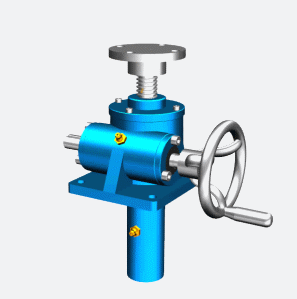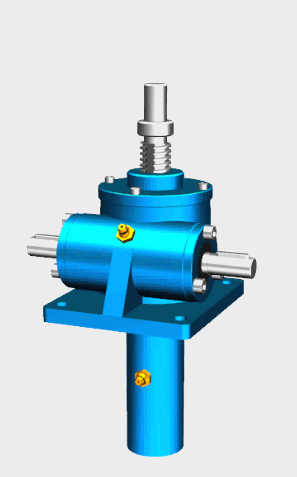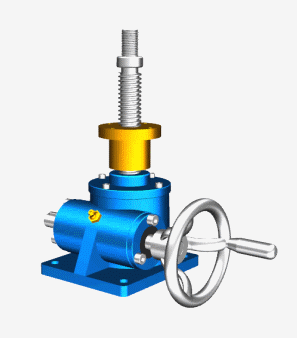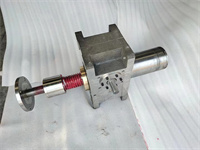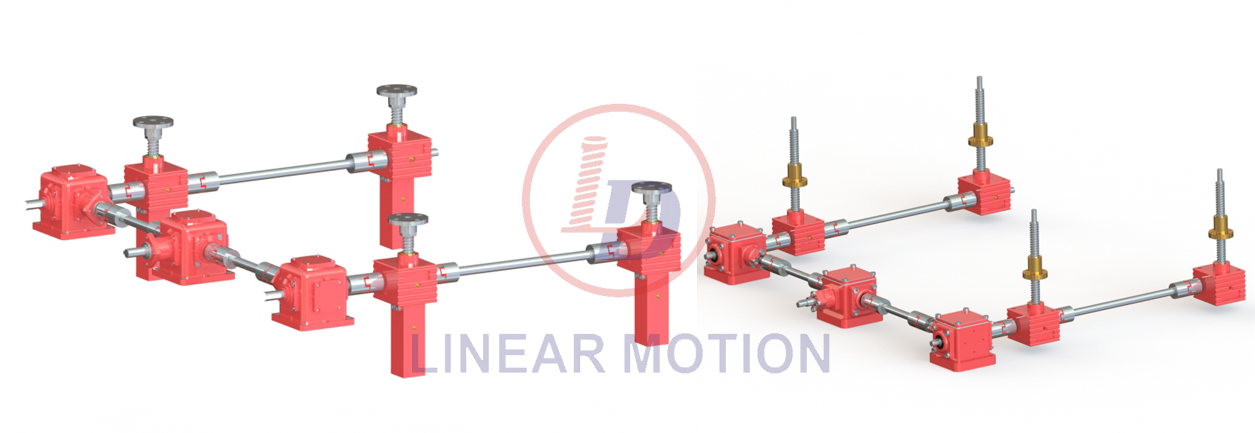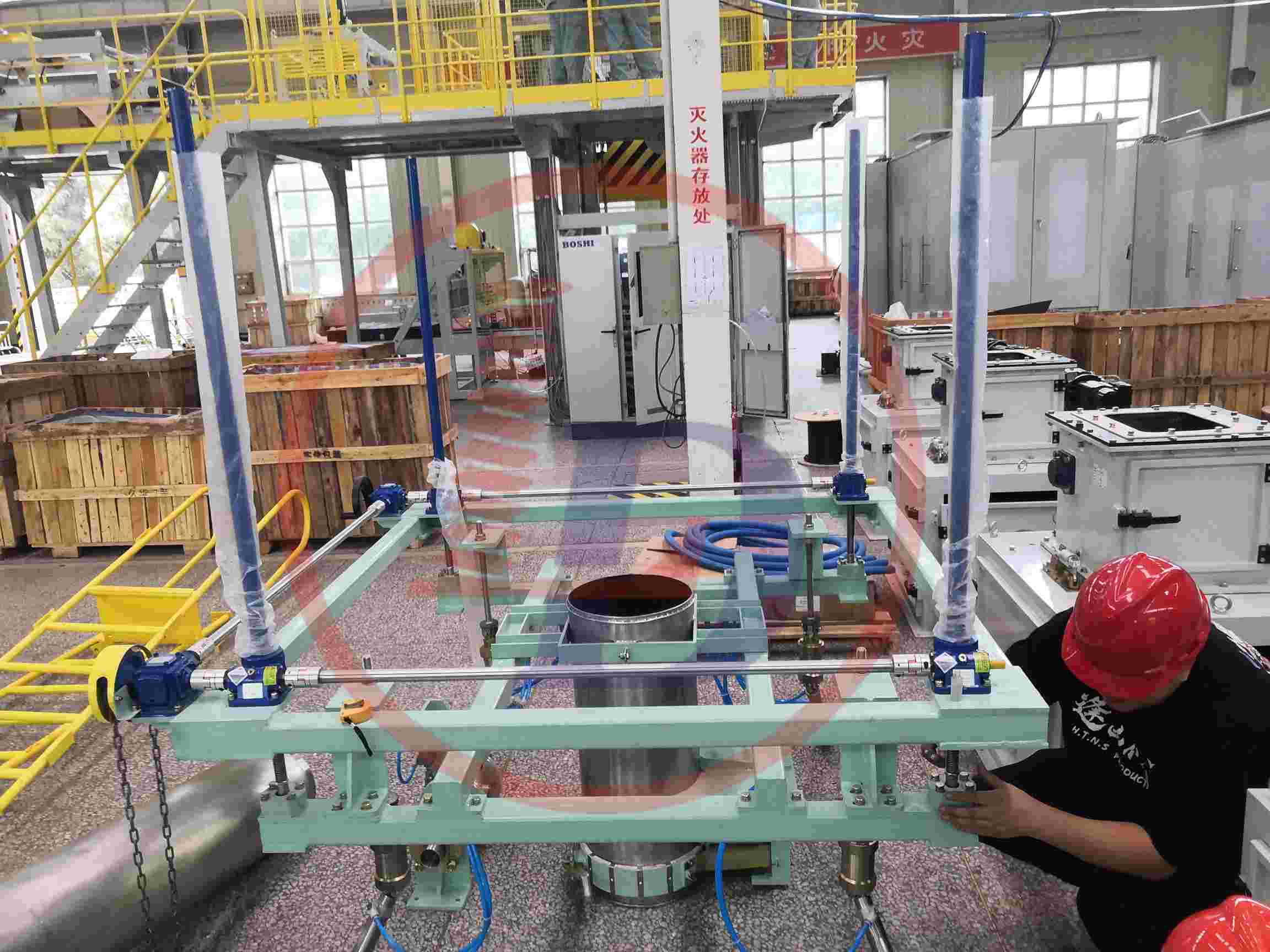How to replace toilet fill valve?
The toilet is one of the most frequently used fixtures in any household, and the toilet fill valve is a key component that controls the water refilling process inside the tank. When problems such as slow filling or constant running occur, a faulty toilet fill valve is often the cause.
While it might seem like a job for a plumber, replacing a toilet fill valve is a fairly simple DIY task. It can save you time and money, and also gives you a better understanding of your home’s plumbing system.
In this guide, we'll walk you through the complete process of removing the old toilet fill valve, installing a new one, and adjusting water levels—so you can easily handle this home maintenance task yourself.
Tools and Materials Needed
Before you begin, gather the following tools and materials to ensure a smooth installation:
a. Adjustable wrench or pliers – For loosening and tightening the locknut underneath the tank.
b.Bucket or towel – To catch any residual water that may leak during disassembly.
c. New toilet fill valve – Choose a compatible model, preferably a universal type with adjustable height. Make sure the universal toilet fill valve inlet matches your supply hose connector:
- Europe & Africa: G3/8"
- Middle East: G3/8" or G1/2"
- Asia & South America: G1/2"
- Peru: G7/8" or 15/16-14NPSM
- North America: 15/16-14NPSM
Preparation
To avoid spills and ensure safety, follow these steps before removing the old valve:
Step 1: Turn off the water supply
Locate the shut-off valve near the toilet and turn it clockwise until it stops.
Step 2: Flush to empty the tank
Hold down the flush lever or button to drain as much water as possible from the tank.
Step 3: Place a bucket or towel under the tank inlet
This will catch any remaining water when you disconnect the supply hose.
Step 4: Disconnect the water supply hose
Use your hand or a wrench to loosen the hose from the base of the fill valve.
Removing the Old Toilet Fill Valve
Now you're ready to remove the existing valve:
Step 1: Loosen the locknut under the tank
Use a wrench to turn the plastic locknut counterclockwise.
Note: Some two-piece toilets have tight spaces that make it hard to reach the locknut. In such cases, you may need to detach the tank from the bowl for easier access.
Step 2: Pull out the old toilet fill valve
Lift the valve out from inside the tank. If it’s stuck, gently wiggle it back and forth to loosen it.
Step 3: Inspect and clean the inlet hole
Check for debris, hard water buildup, or damage. Clean the area with a cloth and inspect the rubber gasket—replace it if worn.
Installing the New Fill Valve
Step 1: Adjust the new valve’s height based on the old one
Compare the old and new toilet fill valves, and adjust the body and float of the new valve to match the original height. Ensure the float doesn’t interfere with other tank components.
Step 2: Insert the valve into the tank
Slide the valve into the inlet hole with the rubber washer seated snugly inside the tank.
Step 3: Tighten the locknut from below
Secure the valve by tightening the locknut underneath the tank. Hand-tighten first, then use a wrench with light pressure.
Step 4: Reconnect the water supply hose
Attach the hose to the bottom of the new fill valve. Ensure a snug and leak-free fit.
Step 5: Connect the refill tube to the overflow pipe
Insert the refill tube into the flush valve’s overflow pipe and clip it in place. This small tube directs water into the bowl during refilling to maintain the water seal.
Testing and Adjustments
Step 1: Turn the water supply back on
Slowly reopen the shut-off valve and let the tank fill.
Step 2: Check for leaks
Inspect the base of the tank and the hose connection. If there are any drips, retighten the fittings.
Step 3: Adjust the water level
Use the height adjustment screw or float slider to fine-tune the fill level. The water should sit 1–2 cm below the top of the overflow tube.
Step 4: Test the flush
Flush the toilet 2–3 times to make sure everything works correctly and there are no slow fills or continuous running.
Tips and Common Issues
| Common Issues | Tips |
| How do I know the fill valve height is correct? | The water level should sit just below the overflow pipe—typically 1–2 cm lower. |
| What if water fills too slowly? |
Make sure the shut-off valve is fully open. Check if the hose is kinked or clogged. Remove and clean the valve’s filter screen. |
| Why doesn’t the water stop filling? |
The float may be stuck or set too high. The internal seal might be worn out. Try readjusting the float or replacing the valve’s internal components. |
Replacing a toilet fill valve may seem technical, but with the right tools and a bit of patience, it’s a simple DIY task that anyone can accomplish. You’ve now learned how to identify issues, remove the old valve, install a new one, and make adjustments to ensure a perfect flush.
If you're looking for a reliable universal fill valve, consider one with adjustable height, a built-in filter, and quiet fill technology for a better experience.
Still have questions? Visit our Product page and select the Toilet Fill Valve category. Each product includes an installation video—simply choose the model that most closely matches your setup and follow along.
Take control of your home maintenance—one flush at a time!
